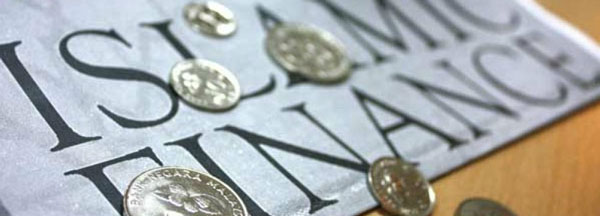Manama
The global Islamic finance services industry grew further to a combined asset value of $2.19tn across all three sectors as of the first half of 2018 over the same period in 2017, including Islamic banking, Islamic capital markets and takaful, the newly released Islamic Financial Services Industry Stability Report 2019, authored by Kuala Lumpur-based Islamic Financial Services Board, notes.
In the period, the industry recorded a continuous improvement for a third straight year in terms of its total asset volume.
Notwithstanding, the growth rate of 6.9% over the first half of 2017 was slower compared to the 8.5%-growth rate recorded between 2016 and 2017, which saw the total worth of the industry grow from $1.89tn to more than $2tn for the first time.
The decline in the growth rate is explained by, among other geopolitical and economic factors, increasing inflation and the prolonged depreciation of local currencies versus the US dollar in some jurisdictions with a strong presence of Islamic finance, especially in the period from the end of 2017 into the third quarter of 2018, the report states.
Islamic banking maintained its dominant role in the entire Islamic finance service industry at an asset share of 72%, although in absolute terms the share shrank from 76% in 2017. The sector’s performance in terms of asset volume grew by a mere 0.9% in 2018, compared to 4.3% in 2017, also mainly due to the depreciation of local currencies towards the US dollar.
In turn, the Islamic capital market sector continued to show improved developments in 2018. The sector accounted for 27% of global Islamic finance assets, which translated to about $591.9bn as of end-2018.
In this industry, sukuk dominated the business largely due to strong sovereign and multilateral issuances in key Islamic finance markets, as well as first new issuances in other jurisdictions.
There were 13 sovereign sukuk issuances, while a decline could be observed especially in the Gulf Cooperation Council (GCC) on account of a positive rebound in oil prices. Last year also saw a change in the structure of sukuk, as hybrid structures — the most preferred structure for sovereign sukuk in 2017 — moved to the third preferred structure in 2018 after murabahah and ijarah contracts. There were also a number of market debuts of sovereign issuances, including green sovereign sukuk to finance eco-friendly environment projects.
The report also points out another notable difference from 2017, namely a 55%-increase in corporate sukuk, with issuances in ten jurisdictions as of the first half of 2018, including three non-member countries of the Organisation of Islamic Cooperation.
Malaysia maintained its position as the jurisdiction with the largest volume of sukuk outstanding and, together with Indonesia, Turkey and the two most populous countries of the GCC, accounted for a 91% share of total sukuk outstanding globally.
Following the trend on global equity markets, Islamic bond assets declined by the first half of 2018 by 8.5% compared to 2017 owing to moderation in economic growth and ongoing geopolitical challenges, as well as tightening international liquidity conditions, among other reasons.
However, prospects for sukuk in 2019 seem ‘very bright, the report states, given proposed large new issuances in both the UK and Kazakhstan, as well as respective initiatives introduced in other jurisdictions.
As for the Islamic fund industry, a notable increase could be recorded in the number of Islamic funds to 1,292 funds as per the first half of 2018, of which 860 were active, compared to 1,161 Islamic funds, of which 821 were active, in 2017.
The value of $67.4bn of assets under management in 2018 represented a marginal increase of 1% over $66.7bn recorded in 2017, mainly owing to growth in the number of Islamic funds with assets under management of above $95mn, which recorded a significant increase as compared to 2017.
In the takaful sector, total contributions grew on average by 4.3% to an estimated $26.1bn in 2017 as per latest available figures.
The GCC remained the largest global takaful market in 2017, accounting for 45% of total global takaful contributions. The share of the global takaful industry in the global Islamic finance service industry in terms of asset volume remained unchanged at 1.3%.
Bello Lawal Danbatta, secretary-general of the Islamic Financial Services Board, noted that the global Islamic finance services industry was ‘well placed to maintain its positive growth trajectory, experiencing asset increases across all three of its main component markets.
However, to achieve this, ‘the industry should be wary of the new challenges posed by evolving market structures due mainly to advancements in financial technology, increasing activities of the non-bank financial institutions, as well as increasing cyber risks among other operational issues, he remarked.—Gulf Times










